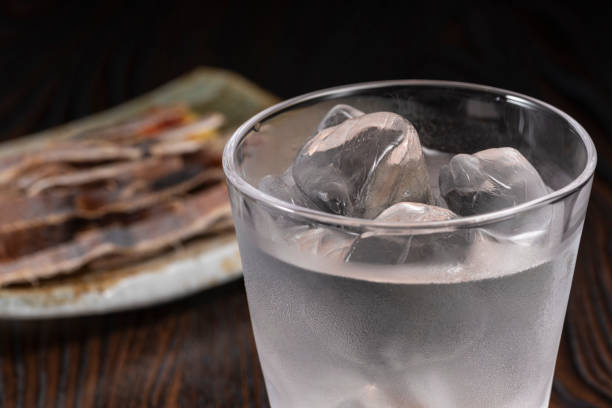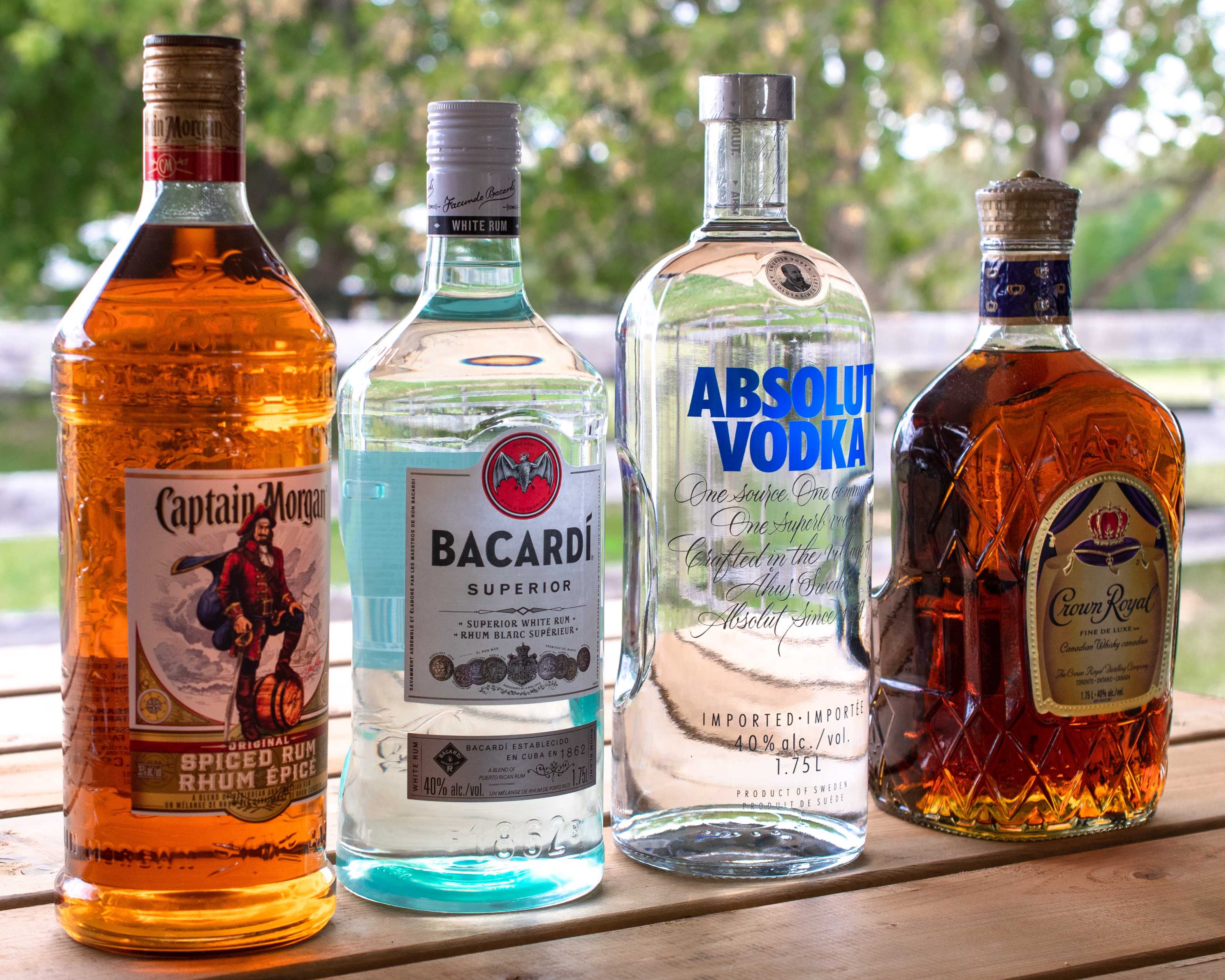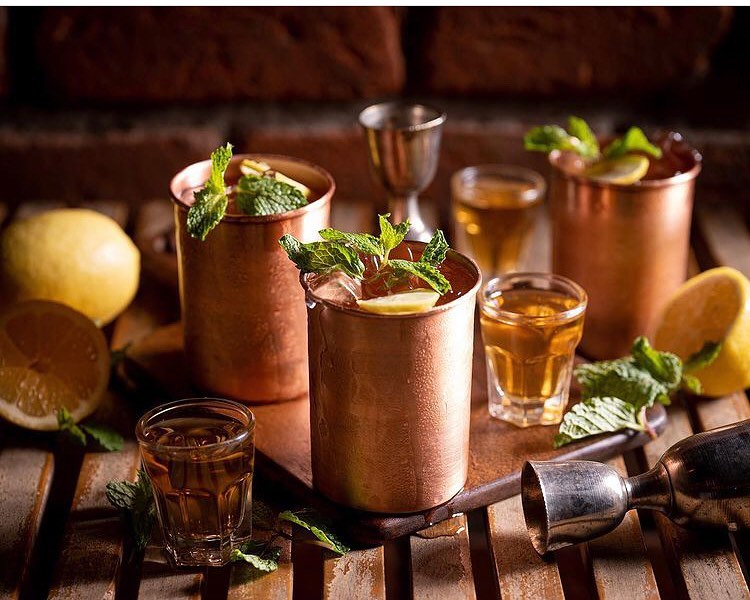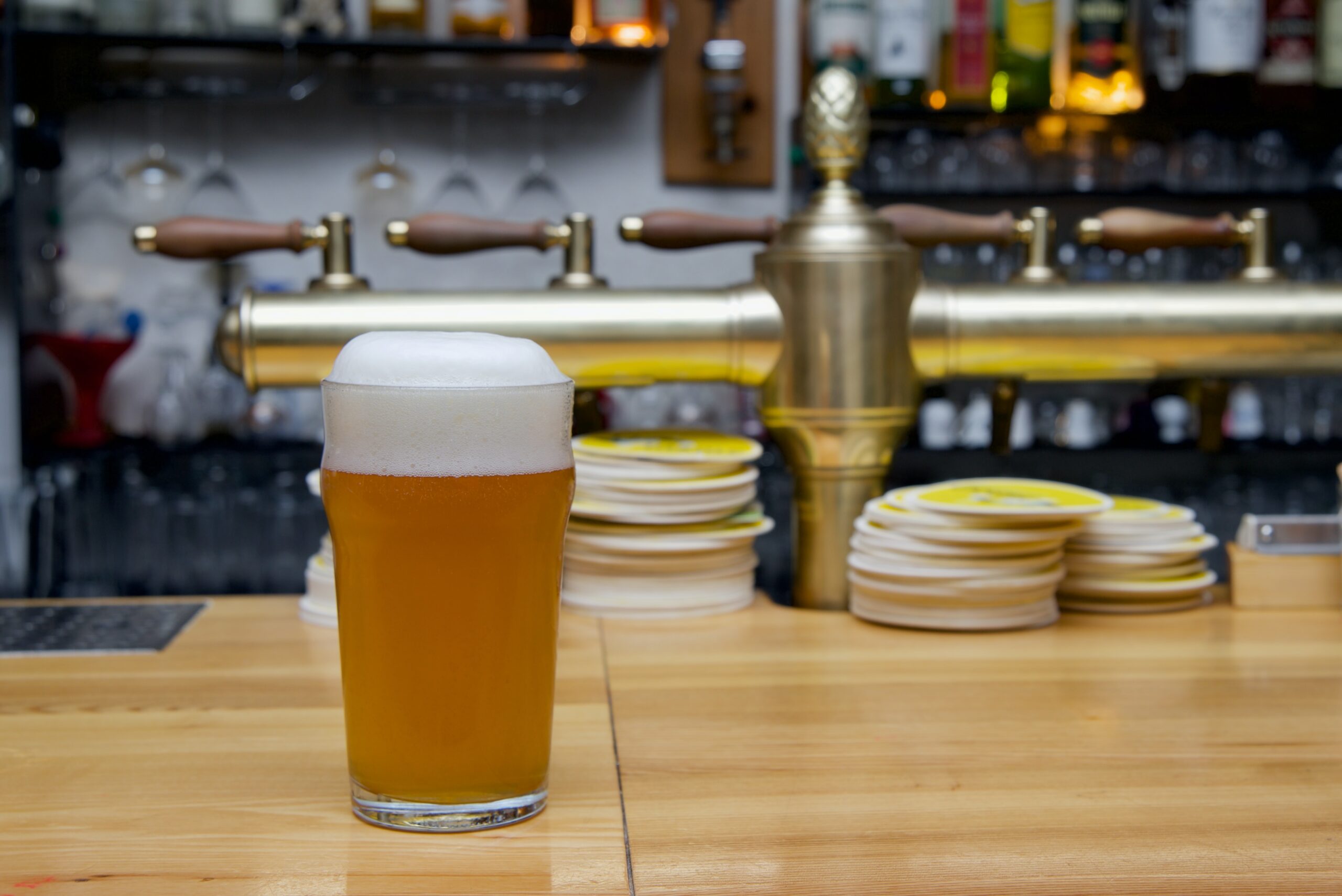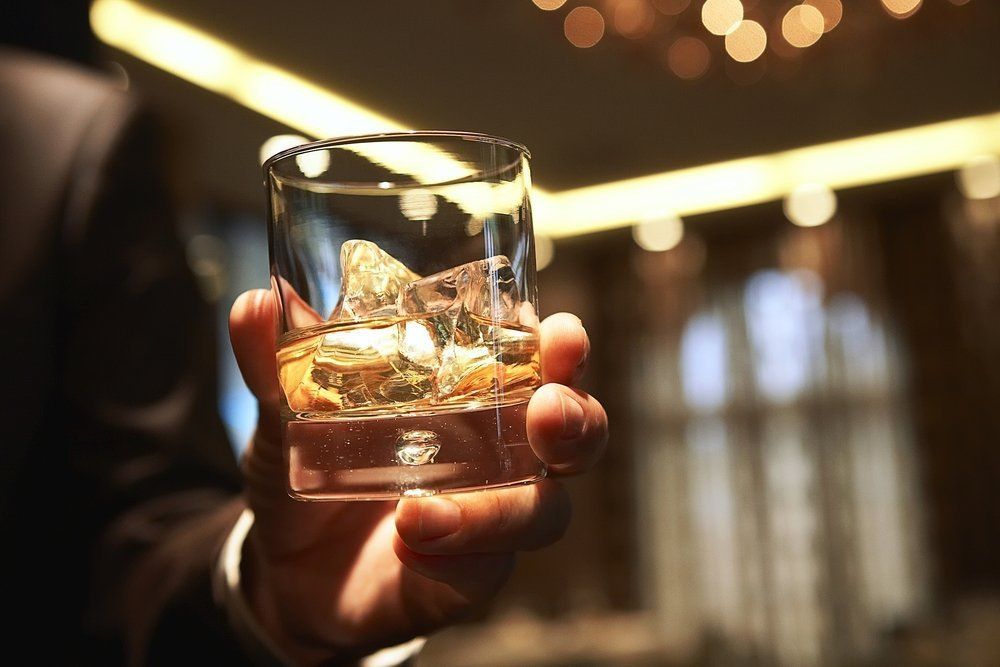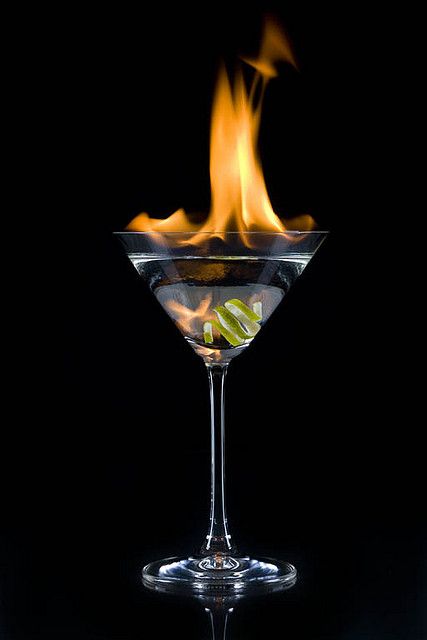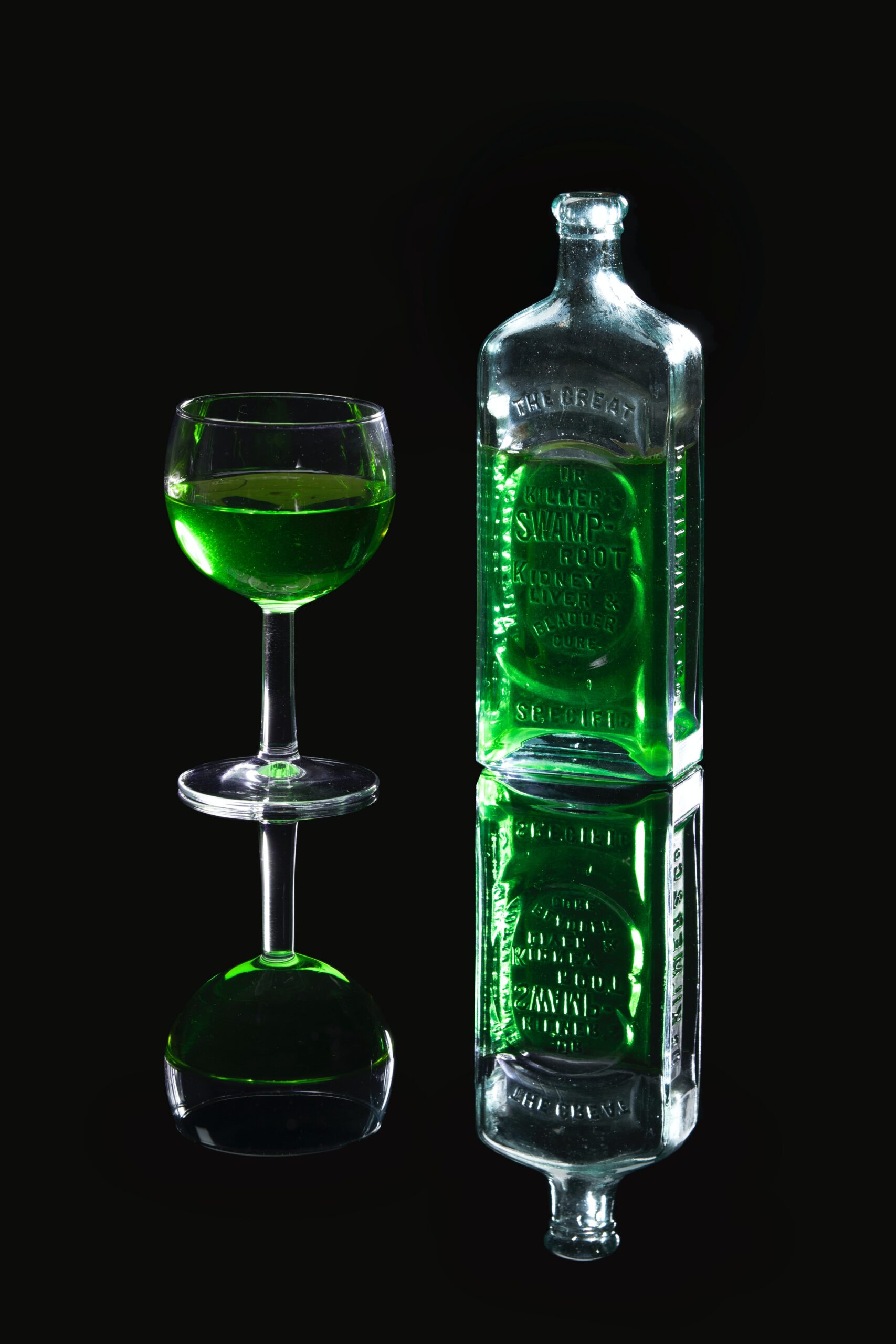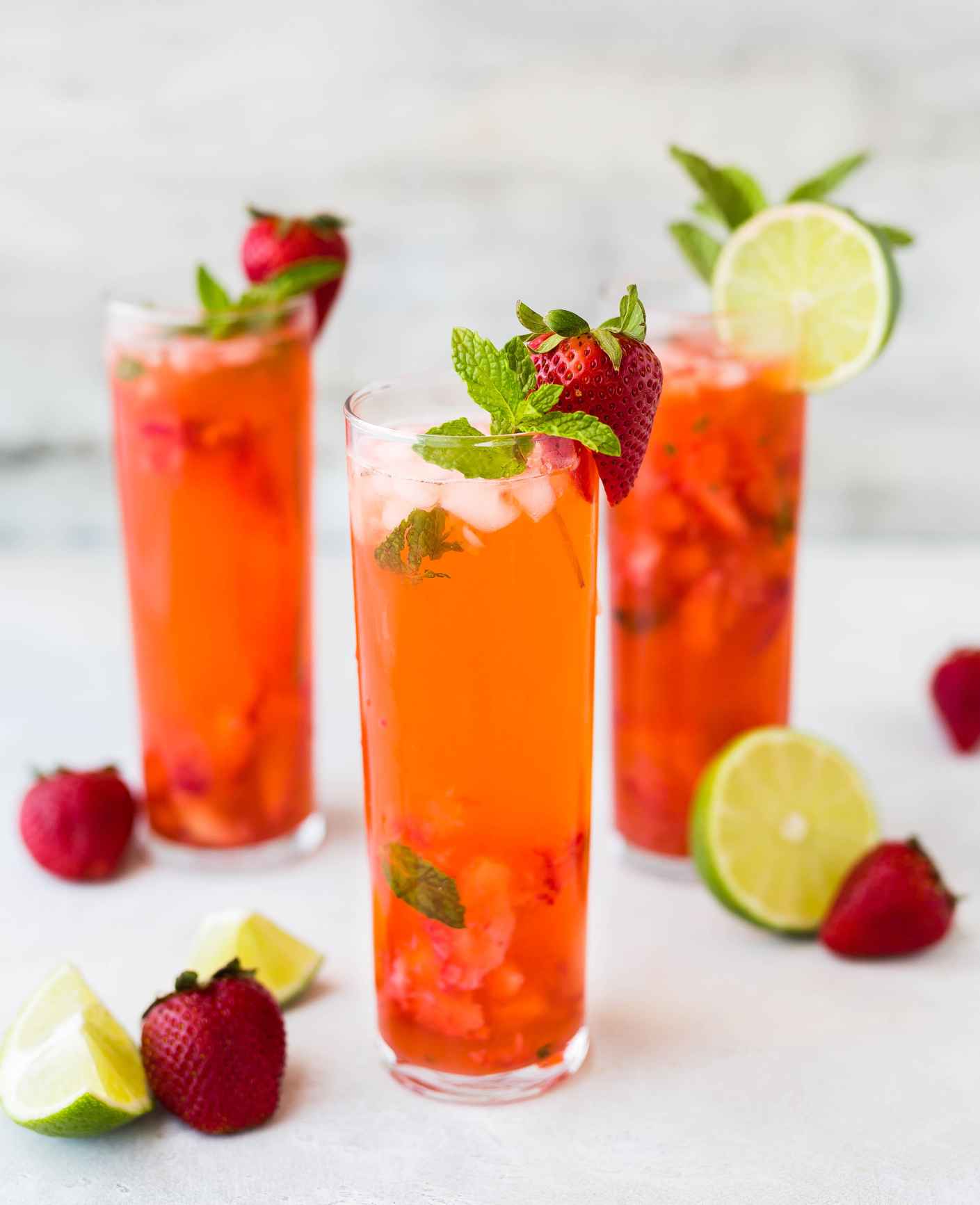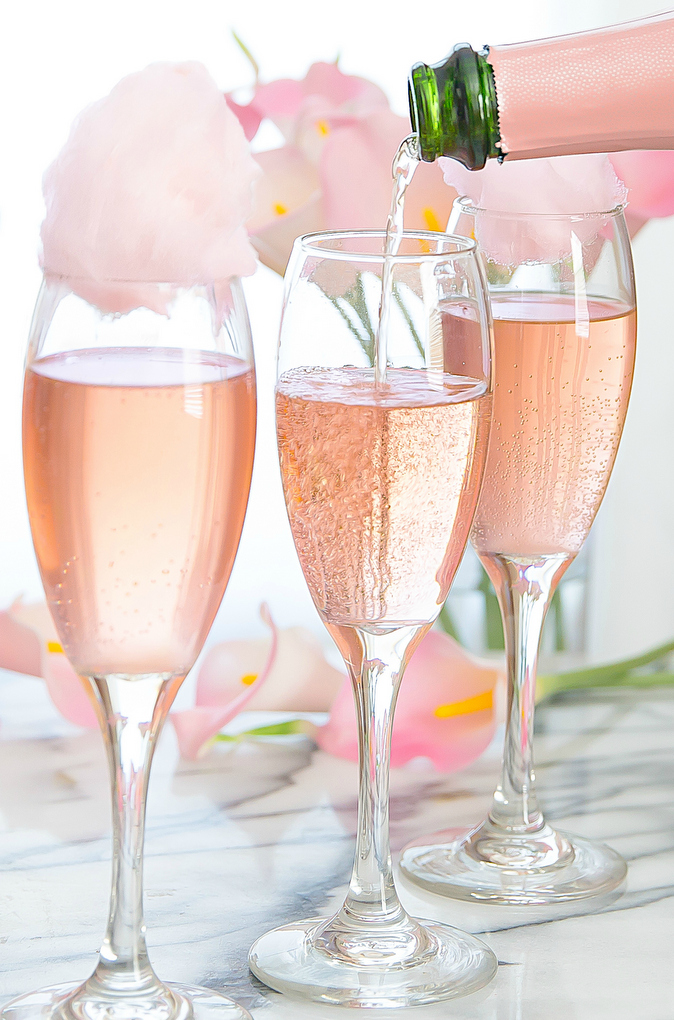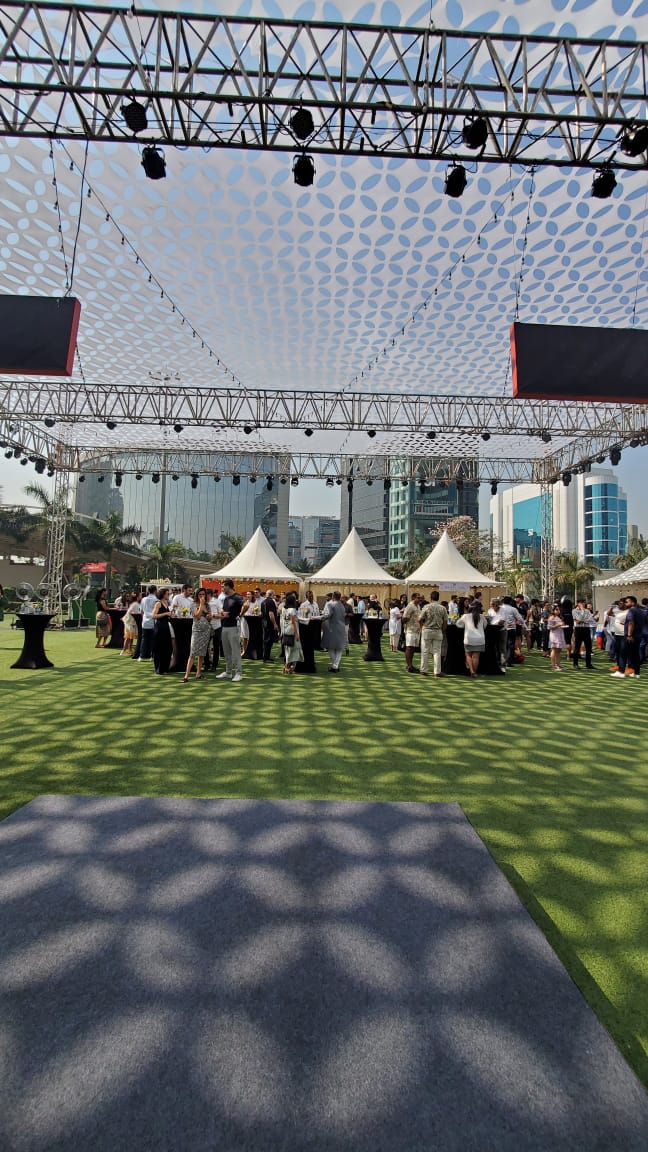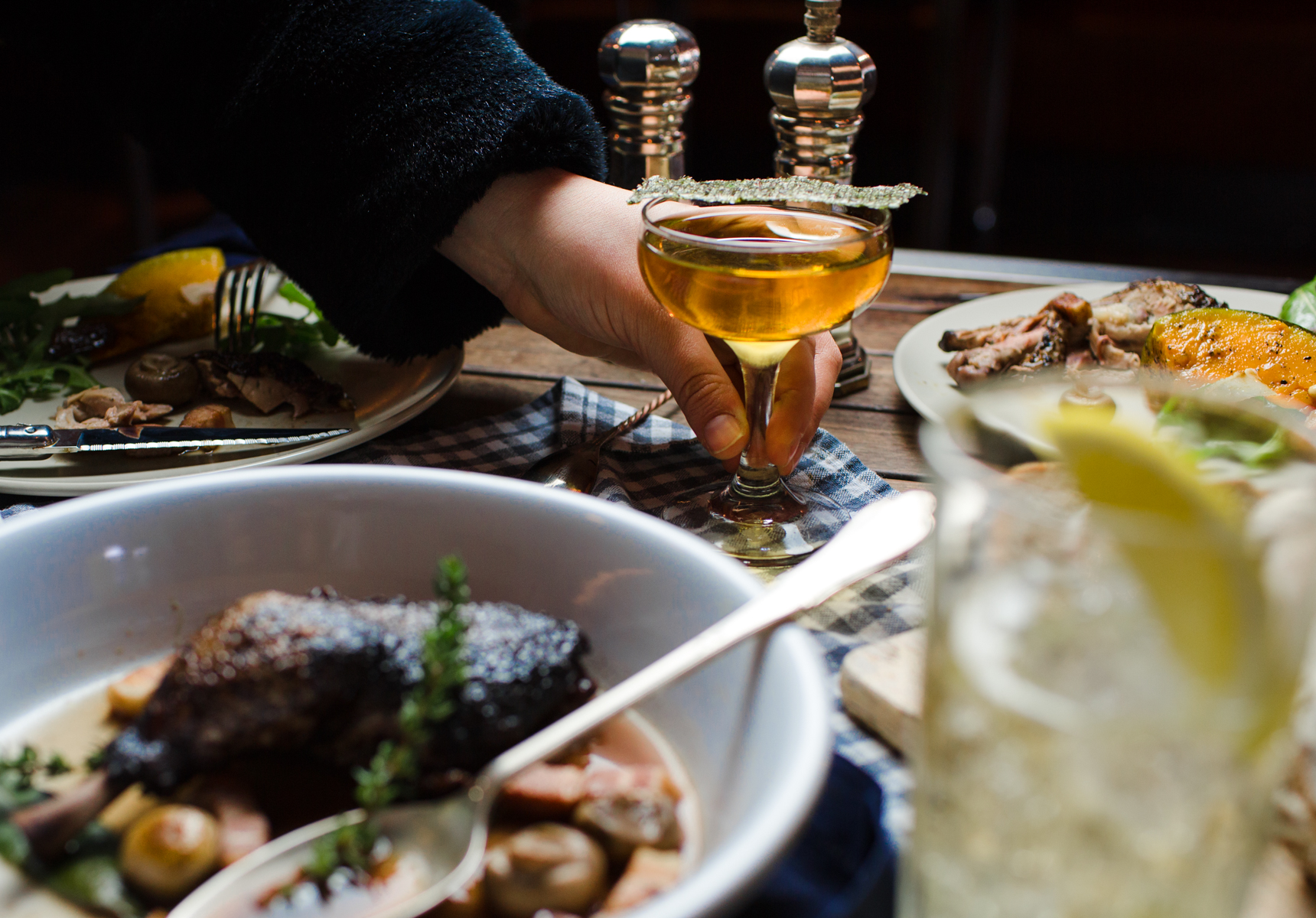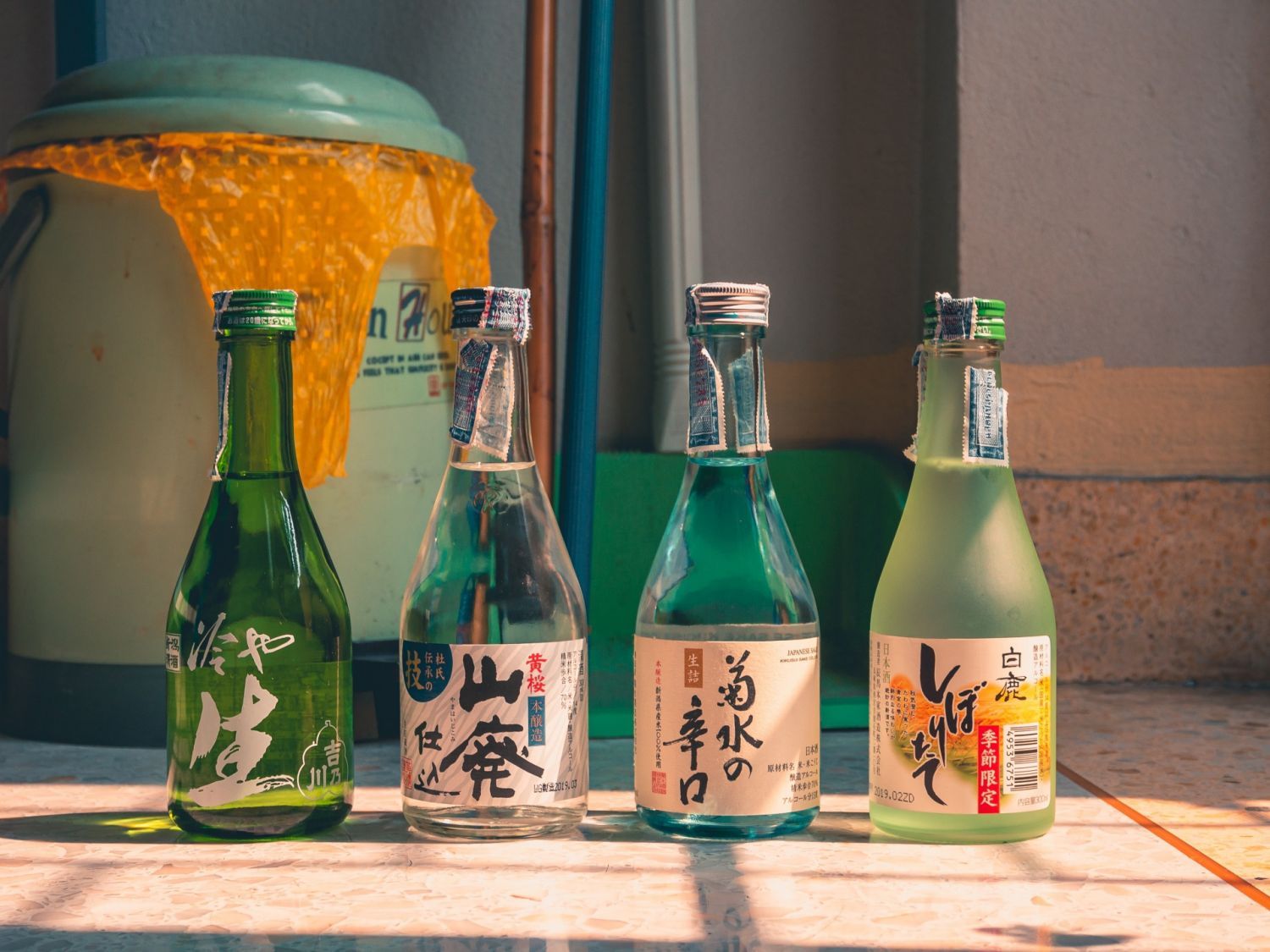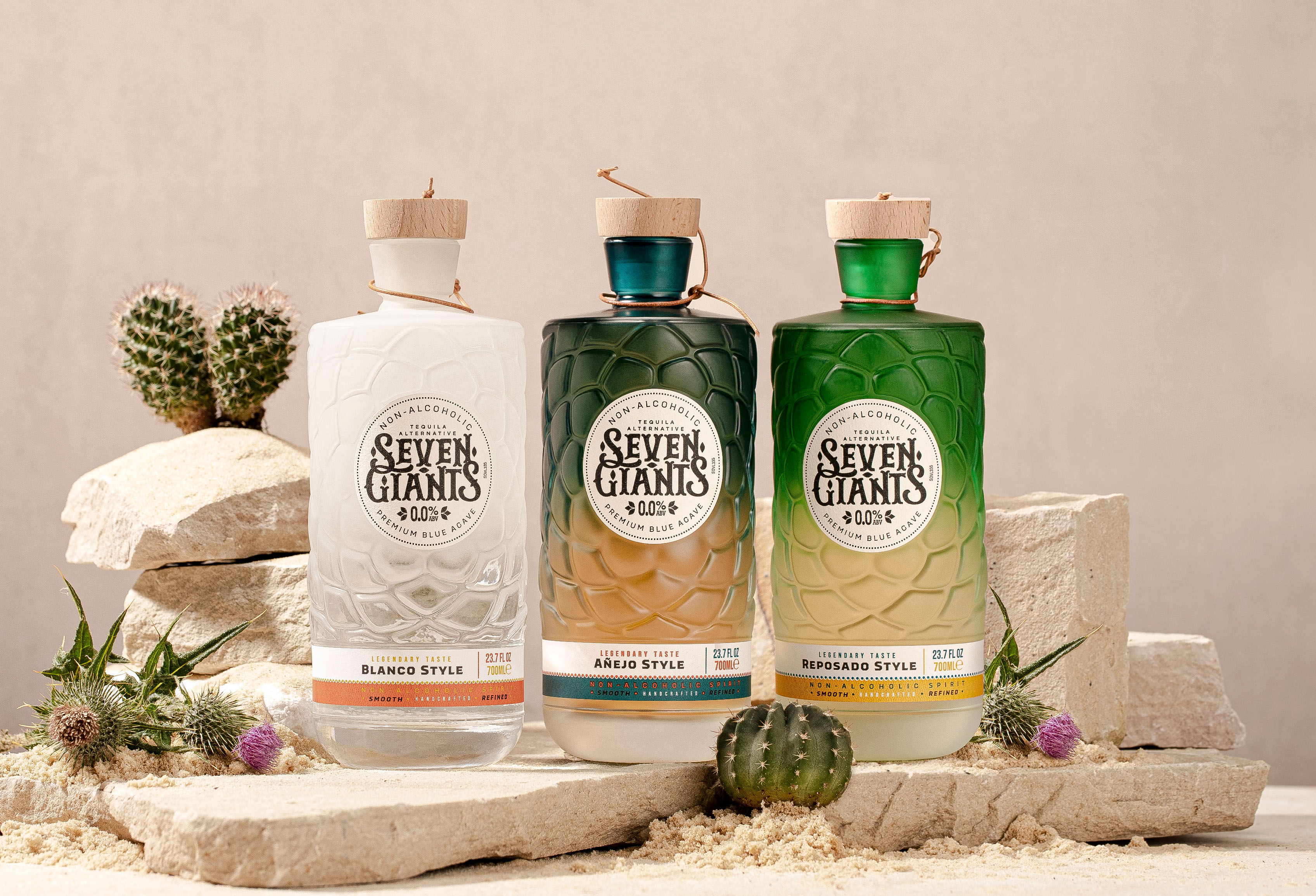All you spirit aficionados, here’s a question for you – ever heard about the spirit called ‘shochu’? Well, all Japanophiles will definitely know about shochu as one of the most popular spirits in Japan. Surely, spirits like whiskey, gin, tequila, and vodka have been popular and consumed all around the world. But what makes shochu different from other spirits is its traditionally-used raw ingredients.
An astounding thing about shochu is that it can actually be made from around 54 ingredients, out of which over 200 variants have been approved! If you ever happen to visit Japan, you’ll find this drink at every restaurant, bar, and convenience store in the country. Curious to know more about this Japanese liquor? We’ve covered everything you need to know about shochu – the Japanese Burned Liquor.
So, What Exactly is ‘Shochu’?
Shochu, isn’t that a fun name for a liquor? Well, it’s pronounced as “sho-choo” and its literal meaning translates to ‘burned liquor’. The birthplace of this distilled liquor is Japan and its distillation technique can be traced back to the 14th-16th centuries. A variety of ingredients like rice, sweet potato, barley, brown sugar, buckwheat, etc are used to make this native Japanese spirit. Shochu is distilled at a 25%-35% ABV and one of the most fascinating things about this spirit is that it’s distilled only once!
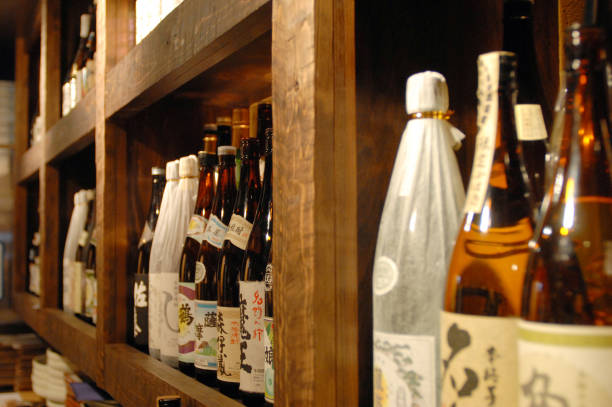
Picture Credits: iStock
Fun Fact: The single distillation of shochu is also called honkaku in Japanese which translates to ‘authentic’, just like the actual taste and flavor of this spirit.
How Exactly Is Shochu Made?
More than the ingredients used to make this traditional drink, the process of making it speaks for the drink’s popularity. The traditional and most-widely used ingredients to make shochu have always been rice, barley, and sweet potato. Now let us take you through the process of making shochu and know the secret behind its rich flavor and aroma.
Step 1: Koji
The first step involves the making of koji which is nothing but the preparation of the mold. Rice or barley is first soaked in water and left to cool. After that comes the role of applying koji kin that is actually a bacteria called aspergillus oryzae, essentially used to make soy sauce. This mixture is then left to settle for a couple of days. And as the saying goes, ‘Patience is bitter, but its fruit is sweet’, the wait for the koji mold to be ready for fermentation is certainly worth it.
Also Read: Japanese Whisky: The Lowdown
Step 2: Moromi
Next step involves the making of moromi which means fermented mash. It takes around 6-8 days for the mixture of koji, water, and yeast to undergo fermentation. The most commonly used koji for the making of shochu is white and black. If you’re wondering why this traditional drink is so flavorful, most of the credit goes to the koji that adds to the flavor of shochu. No wonder it’s also used in other popular Japanese spirits like sake, mirin, and the thick flavorful gravy of miso.
Now, it’s time that we talk about the hero ingredient of shochu. Either sweet potato or barley can be used as it serves as the base of this traditional drink. The next thing to do is to crush the sweet potato or barley and then blend it with moromi and water. This process is often called the second phase of shochu’s fermentation process. Again, time is an important factor here. It takes about 8-10 days for the fermentation of moromi. Just so you know, the distillation process starts after this phase.
Also Read: 8 Indian Alcoholic Drinks To Try
Step 3: Genshu
The distillation process of shochu is called genshu. Traditional pot stills are used for the purification process of shochu. This helps in increasing the content of alcohol in the shochu by at least 25%. As mentioned earlier, shochu undergoes the distillation process only once. But, for a stronger version of shochu, the spirit drink is distilled one more time and you get Korui shochu. During the genshu process, and even after the filtration of shochu, water can be added to adjust the final level of alcohol in the spirit.
Fun Fact: This three-step fermentation process to make shochu in Japanese is called ‘sandan shikomi’ which translates to three-stage mashing.
Step 4: Aging Process
When it comes to the maturation process of a single-distilled shokhu or Honkakau, the spirit is left for aging for a couple of months or years. The traditional method of storing shochu for its aging is using ceramic pots. In the past years, wooden casks like sherry and other stainless steel tanks have been used for the aging of shochu. Another popular storage cask used to mature shochu is sakura, which is a cherry blossom tree.
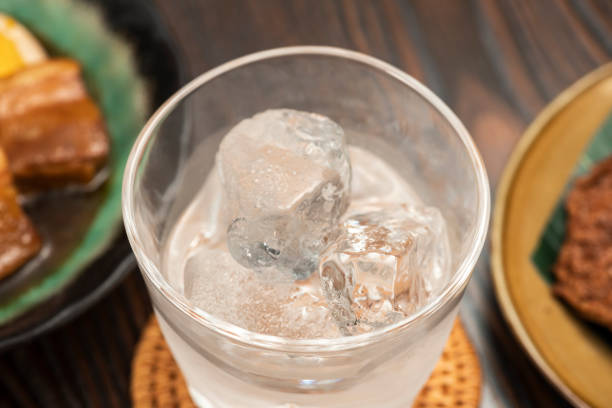
Picture Credits: iStock
What Are The Different Types Of Shochu?
The two main types of shochu are single-distilled shochu called honkaku and the multiple distillation one called korui. While the former is much more flavorful because of its ingredients, the latter has a relatively lighter taste that resembles vodka. Here are the other variants of shochu:
Kome
To obtain a mellow taste and flavor, rice is used to make Kome Jochu. On the palate, this rice shochu is quite light-bodied and has fruity flavors. In Japan, the go-to place to see the majority of rice distilleries is Kumamoto. This city is located in the central part of Kyushu. The climate there is perfect and suitable for the production of rice. If you’re curious to know more about the name ‘Kome Jochu’, we’ll solve the mystery for you. In Japan, rice is called koh meh and hence the name Kome Jochu.
Also Read: How To Say Cheers In Different Languages
Mugi
The shochu made from milling barley is called Mugi Jochu. Barley is also often blended with rice to make shochu. If you happen to visit the Iki Island in Nagasaki, you’ll find shochu makers using one part of rice along with two parts of barley to acquire the earthy and robust flavors in the shochu spirit. However, there are shochu makers using 100% barley to make this spirit, like in the Oita region of Japan. The former shochu is known to have a mild and fruity taste whereas the latter one is known to have a richer and fruitier taste to it. And of course, the maturation process for mugi is just like traditional whiskey, where the spirit is stored in casks to add more colors and flavor to the drink.
Imo
For a richer version of shochu, sweet potato is used instead of rice or barley as it gives the spirit a sweet and dry flavor to it. The Japanese term for sweet potato is Imo and hence this type of shochu is called ‘Imo Jochu’. In Japan, two of the most popular places where you’ll find Imo are Kagoshima and Satsuma which are known for growing sweet potatoes. This shochu is so rich that you’ll get the taste of mildly sweet, dry, fruity, and earthy flavors of the spirit.
Kokuto
When shochu is made using brown sugar, it’s called Kokuto. In Japan, shochu made from sugar and honey is mainly found in the Amami Islands. Although shochu is known to have 25%-30% ABV, kokuto is bottled at 45% ABV. The sugar taste that you get from this drink comes from its oak cask aging process. This type of shochu has flavors of traditional rum and you’ll get a slightly sweet, fruity, and citrusy taste on your palate. Along with that, it also has flavors of caramel apple, green apple, and molasses.
Also Read: 5 Fruit Cocktails You Can Make At Home
Awamori
A more complex version of shochu is Awamori that is made using Thai rice and black koji. It isn’t really a type of shochu, but rather an earlier version of spirit that existed before shochu. The major difference is the kind of rice used. While Awamori spirit is made using Thai rice, shochu is made using Indica rice. The ABV in Awamori is almost 25%-30%. If you have a thing for dry alcohol, you’ll absolutely fall in love with Awamori as it has a sour taste to it.
What’s The Best Way To Drink Shochu?
One of the best ways of consuming shochu is having it neat because of its relatively low alcohol content. In winters, the best way to have shochu is by mixing it with hot water and it will instantly warm up your cold body. Otherwise, you can consume this spirit by mixing it with soda. For cocktail lovers, shochu can be mixed with any kind of fruit juice and soda. If you’re a fan of mojito, then you can mix your shochu with lime juice and garnish it with shiso leaves to give it that final touch and make a perfect mojito.
Another great thing about shochu is that it can be paired with any kind of snack. You can enjoy a delicious meal of sushi and savor this spirit alongside. Even deep-fried chicken with edamame beans can be a tasty snack to complement your shochu drink. If you’re a fan of vegetarian food, you can grill some vegetables and enjoy them over a glass of your favorite type of shochu.
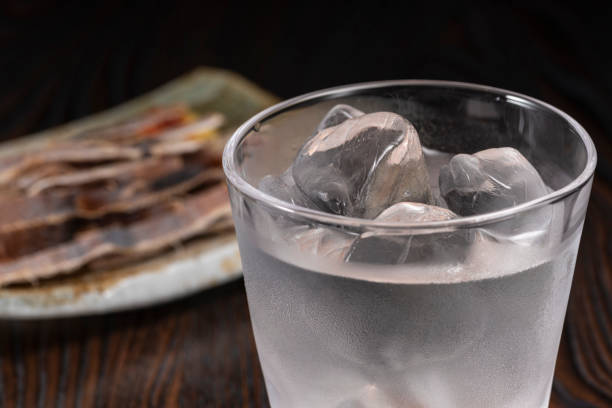
Picture Credits: iStock
Summing Up
There you have it! That was all about shochu. So, if anyone ever asks you “What’s shochu?”, you are all set to entice them with the journey of this flavorful spirit and what is the best way to drink it. Kanpai!
FAQs
What Kind Of Alcohol Is Shochu?
The traditional shochu is known to go through a single distillation process and is considered similar to vodka or whiskey. This spirit is made with rice, barley, or sweet potato as the key ingredient.
Is Shochu Good For Health?
One of the biggest advantages of shochu is that it is low on carbs and has no sugar which makes it a great choice for those on a keto diet. Another perk of having this spirit is that it is heart-friendly. This spirit has a high quantity of urokinase, an enzyme that helps dissolve blood clots. Do keep in mind that excessive consumption of shochu or any kind of alcoholic beverage can be detrimental to your health.
What Does Shochu Taste Like?
Rice, barley, and sweet potato are known to be the main ingredients to make shochu. However, a shochu made from rice will taste very different from that made of barley or sweet potato. So, the base ingredient used to make this spirit will play a key role in determining its taste. Rice shochu will give you a thick taste whereas shochu made from barley has a mild taste to it.
Is Shochu Stronger Than Vodka?
No, because vodka has an ABV of around 40% while Shochu’s ABV lingers around 25 to 35%.
What Percent Alcohol Is Mugi Shochu?
Mugi Shochu has an alcohol percentage of 25% just like other varieties of alcohol made from Shochu.
What Are The Health Benefits Of Awamori?
It improves the health of urokinaze in our body. It is an enzyme that is known to reduce the risk of heart attack and stroke.
Is Shochu And Soju The Same?
No. They have some differences. Soju carries a more varied flavor because it is made using a less restrictive process when compared to shochu. Soju uses sweeteners and MGS too. shochu has a higher alcohol content and is purer too.
What Type Of Alcohol Is Japan Known For?
Sake is the most popular alcohol made in Japan. There are few more whose popularity has surpassed the Japanese borders. There’s shochu, chuhai, and other variations of shochu.
